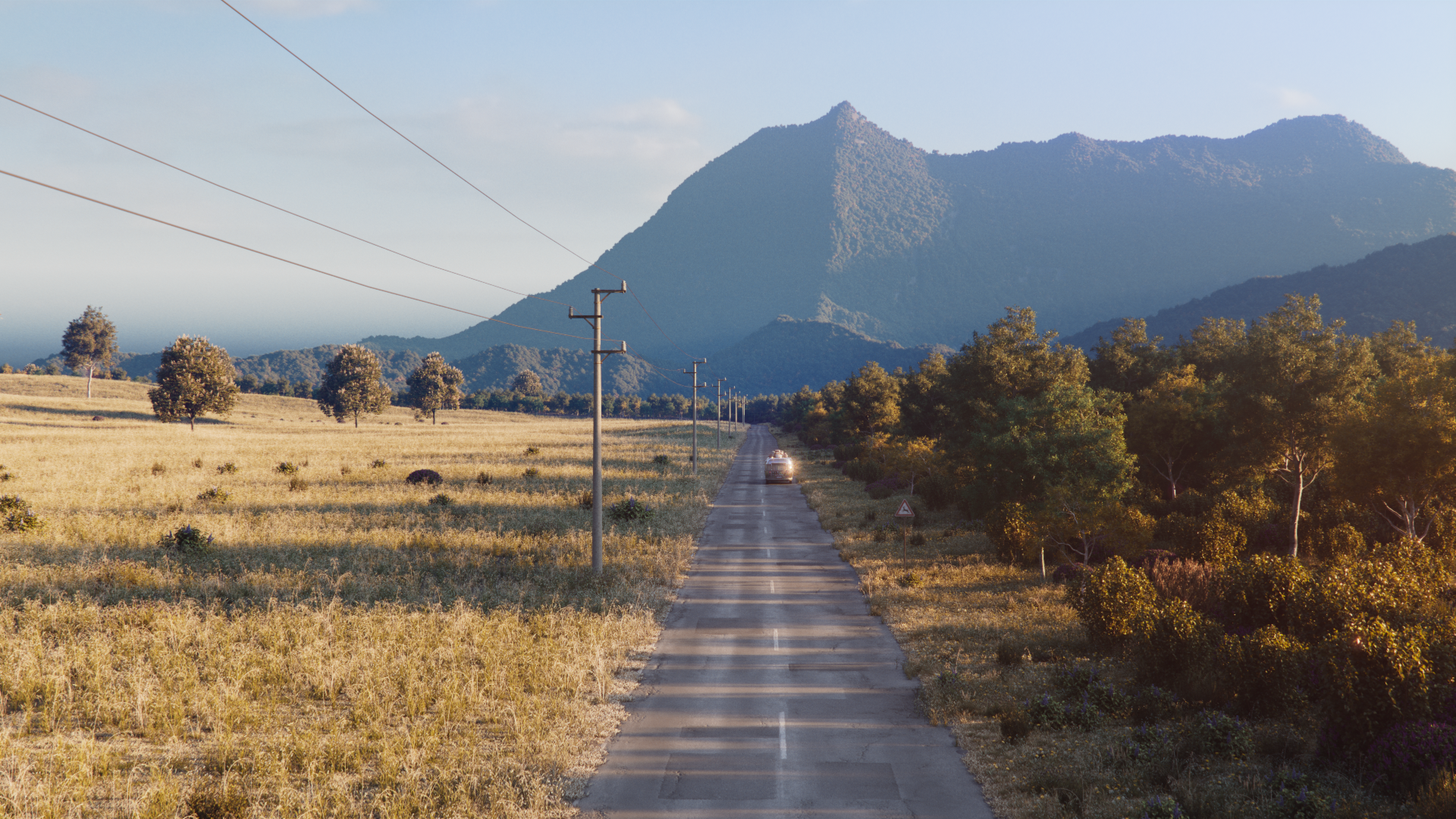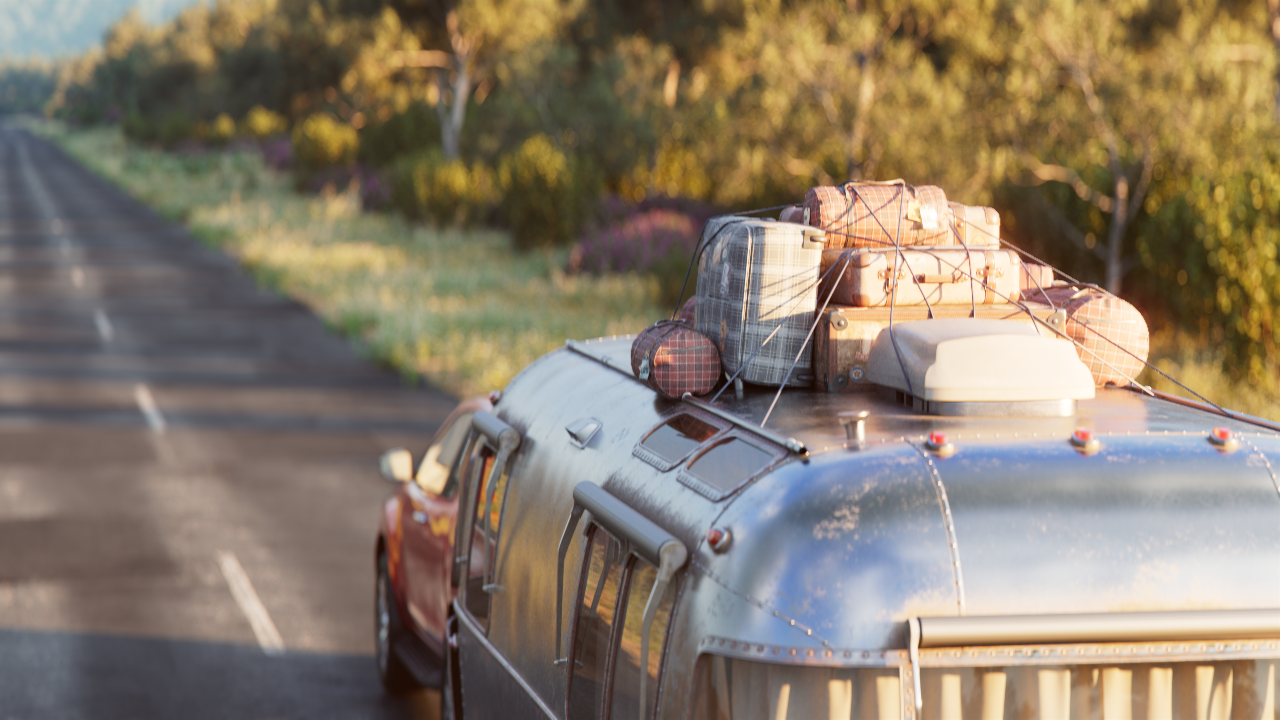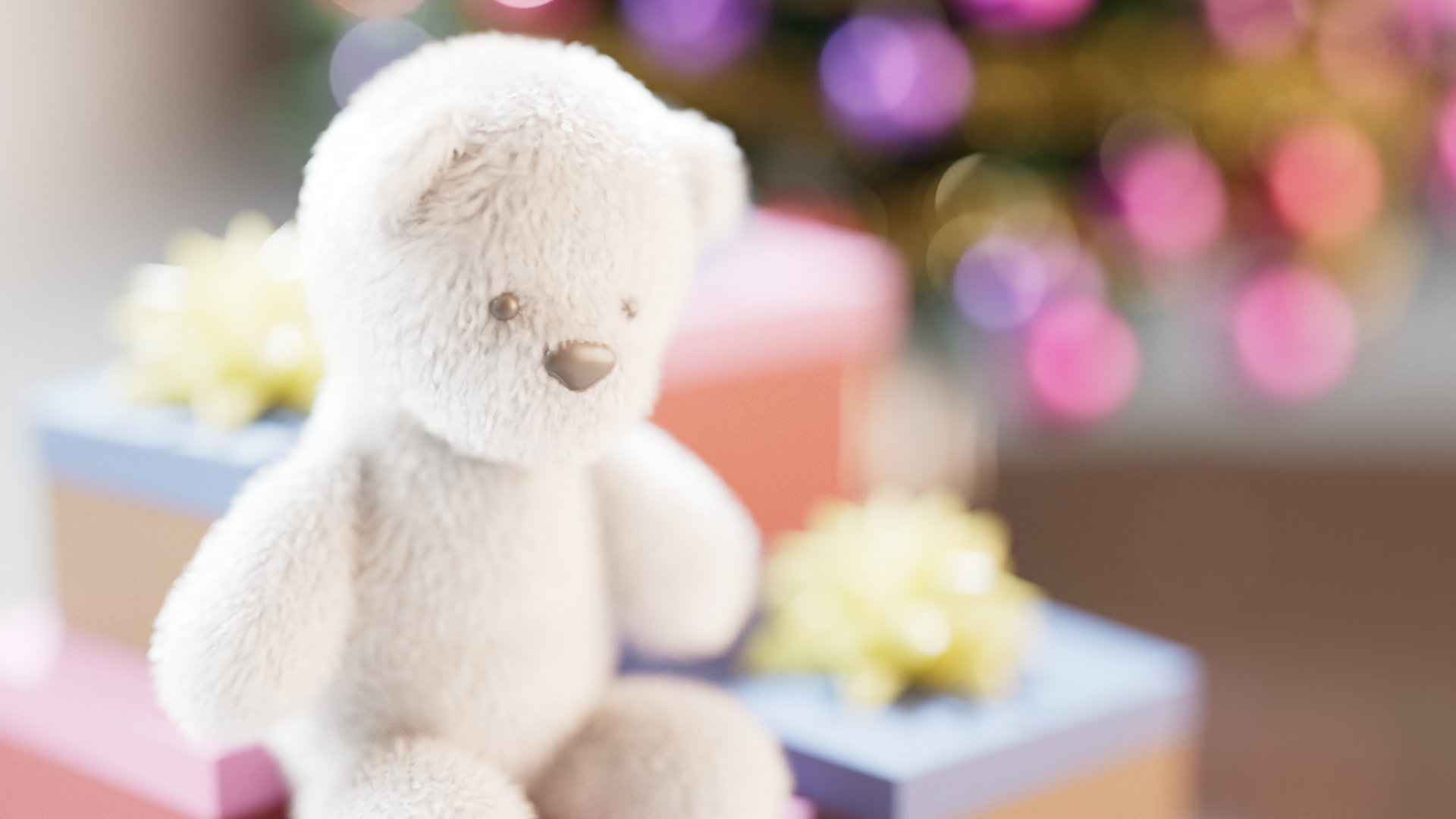V-Ray for Solaris
V-Ray 5, Update 1 introduced the V-Ray Hydra delegate to Houdini. In this update, we’ve added support for AOVs, volumetric effects, and batch rendering with the Hydra delegate through Husk. We’ve also implemented many features and speed improvements.
See Solaris
Houdini 19 support
Houdini 19 introduces many workflow improvements for layout and rendering that are now fully supported by V-Ray.
V-Ray Decal
Apply decals to any surface without altering the underlying material or adding UVs. The new V-Ray Decal makes it easy to add stickers, labels, cracks, stains, scratches, and more.
See V-Ray Decal
Enhanced V-Ray Curvature Texture
The latest update to the V-Ray Curvature Texture adds individual controls for convex and concave areas. A new option to ignore bump maps makes the curvature masks even more accurate.
See V-Ray Curvature
Atmospheric light contribution control
Easily adjust how much an individual light illuminates the environment fog around it with newly added lighting controls.
Hair improvements
Render blond, gray, white, and other bright hair colors more accurately with the updated V-Ray Next Hair Material.
See Hair Material
Enhanced ACEScg support
A simpler OCIO setup is now available in the updated UI. We’ve also added the “Auto” option for the color space transfer function, reducing the effort required when building shading networks.
VDB to AUR converter
Chaos Phoenix’s Aura files are rendered faster with V-Ray. A new node makes it easy to perform a quick conversion from VDB to Aura right in the Houdini GUI. See V-Ray Aur Convert
Alembic workflow updates
The newly added PatternID texture simplifies material assignment when working with Alembic files. Plus, we’ve sped up the export of scenes containing large numbers of Alembic files, and the rendering of Alembic files with NUMA machines. See V-Ray Pattern ID
MakeTX utility
Use the MakeTX tool to easily convert textures to “.tx” files, loaded one tile at a time at render-time. This means quicker loading of textures, less memory consumption, and faster rendering. See MakeTX
Multiple cameras export
You no longer need to export separate .vrscene files for every camera angle. It is now possible to store multiple cameras in a single .vrscene file, so you can save time on your heaviest scenes.
V-Ray Scene Material import and unpacking updates
Unpacking .vrscenes is much faster. We’ve updated the amount of supported shading nodes for material import through .vrscenes coming from other DCCs like Autodesk Maya, and 3ds Max.






